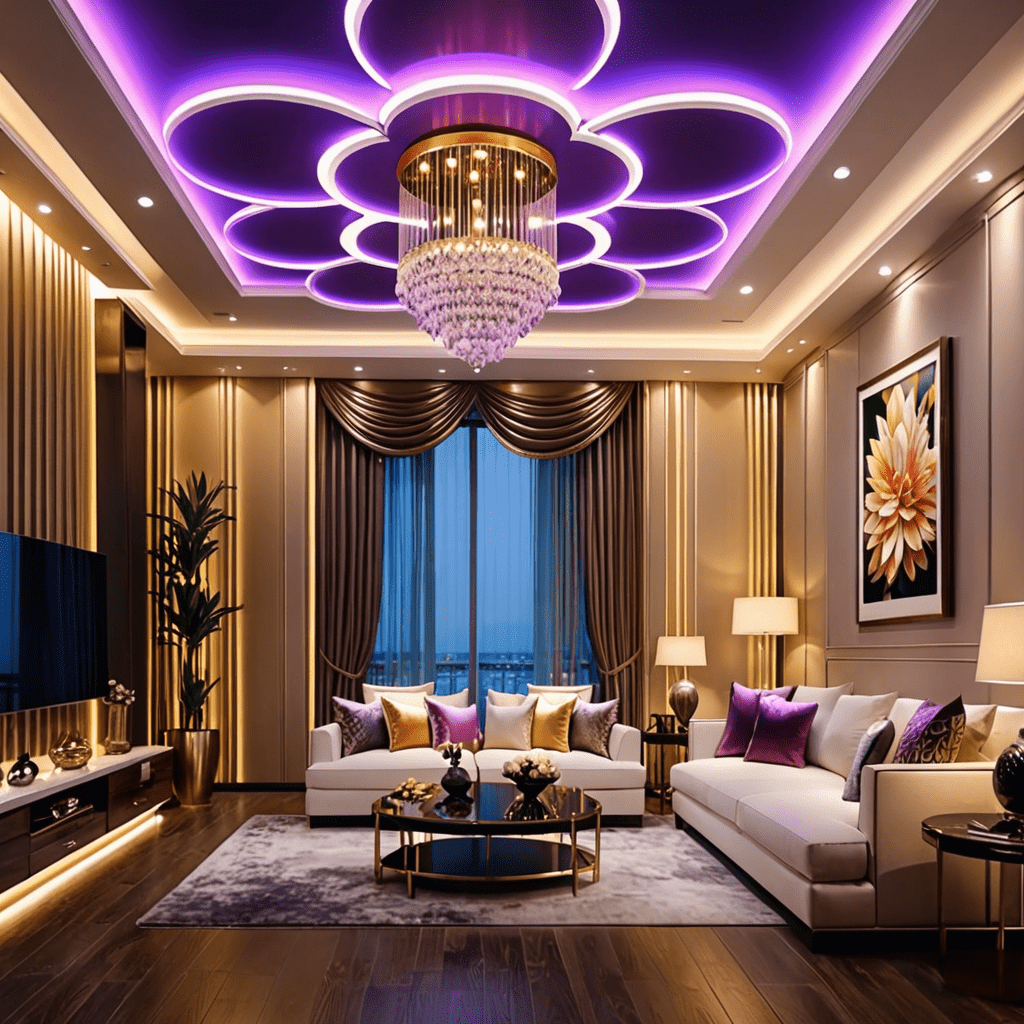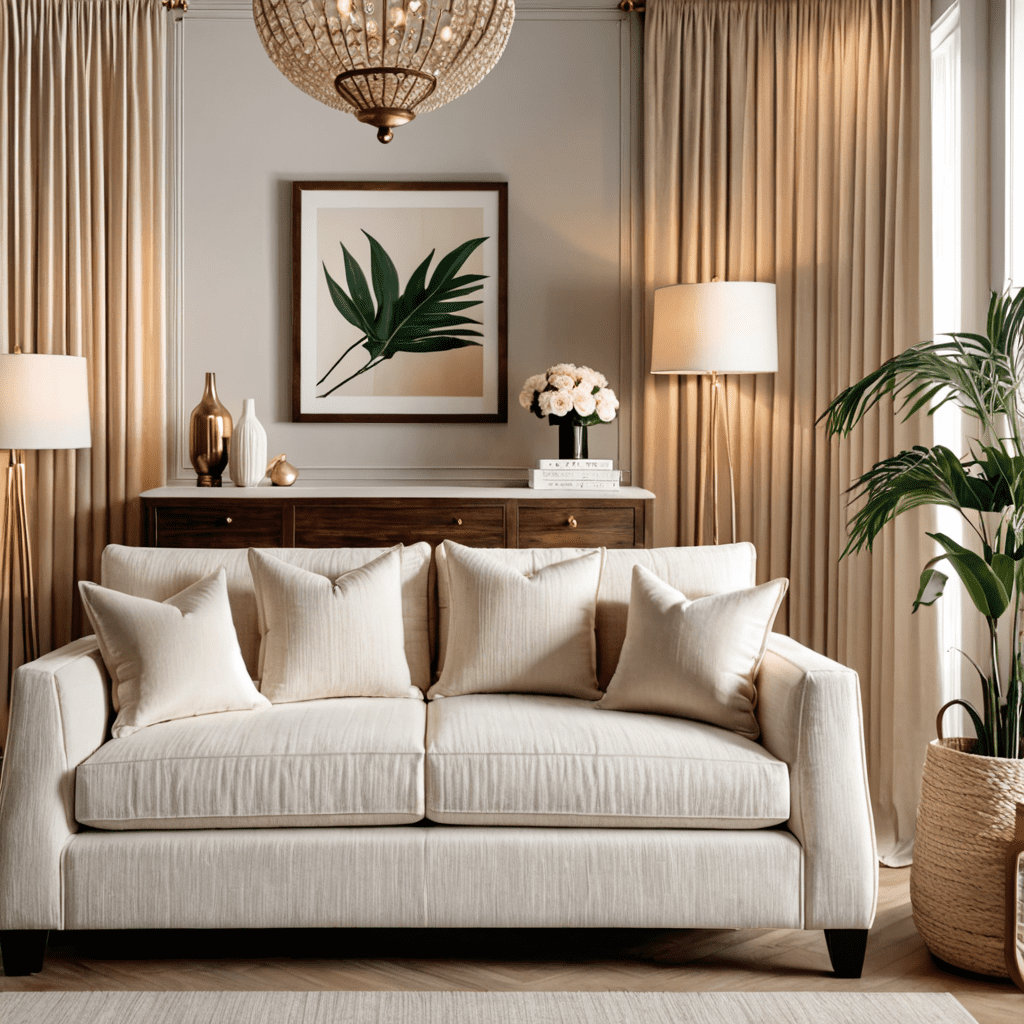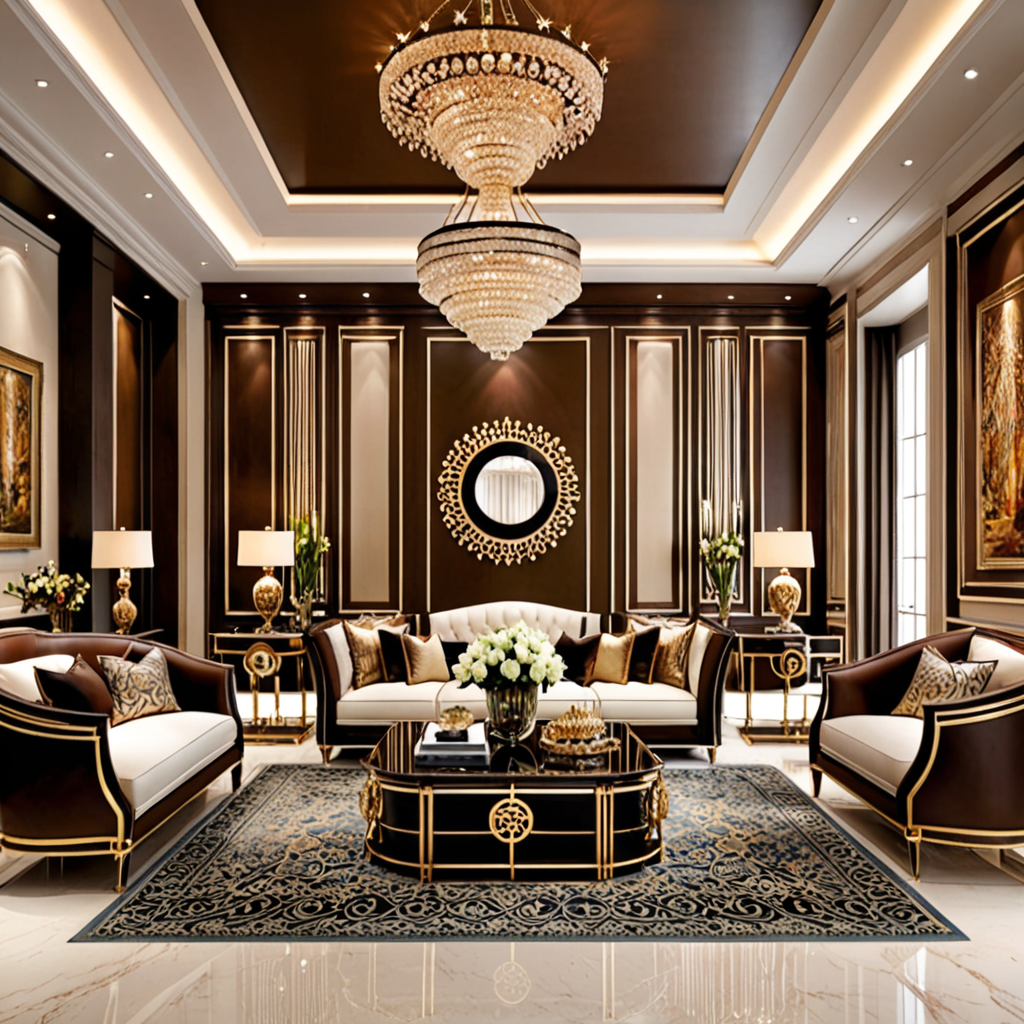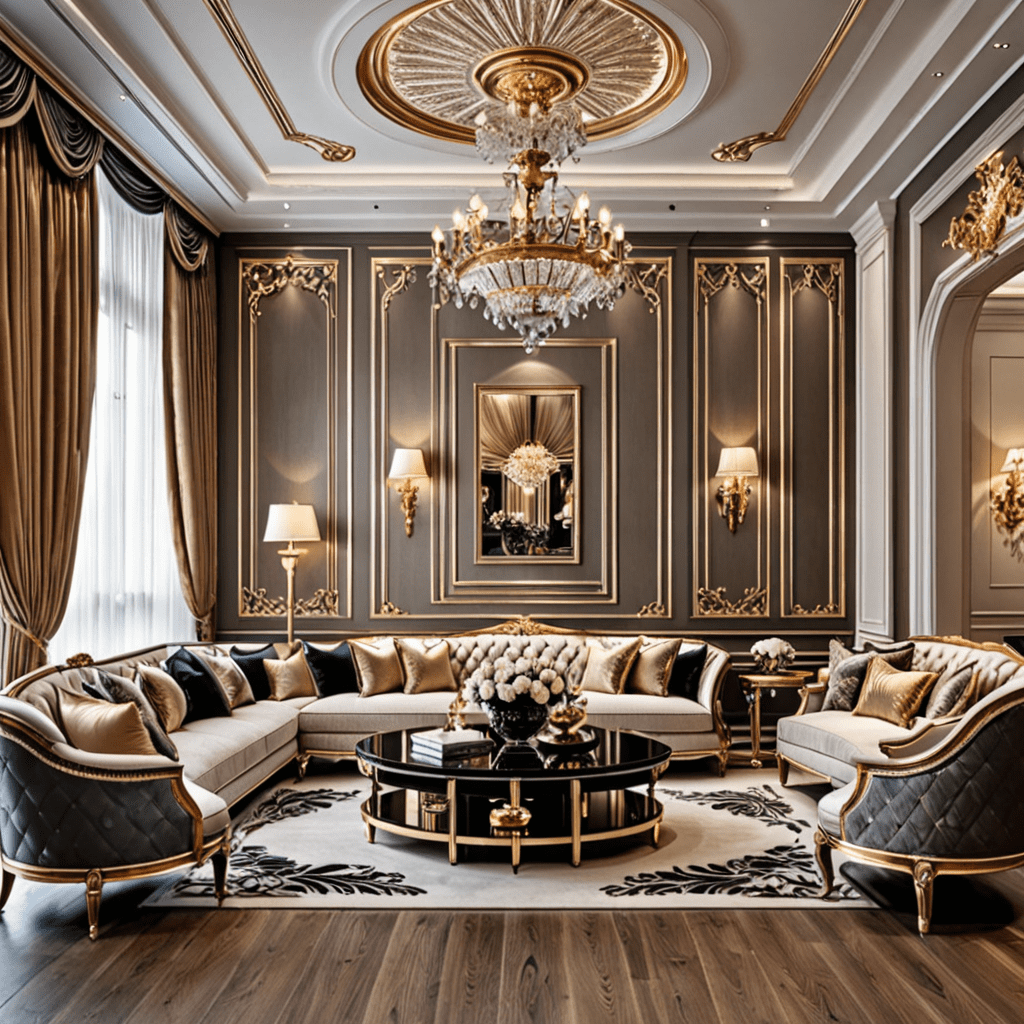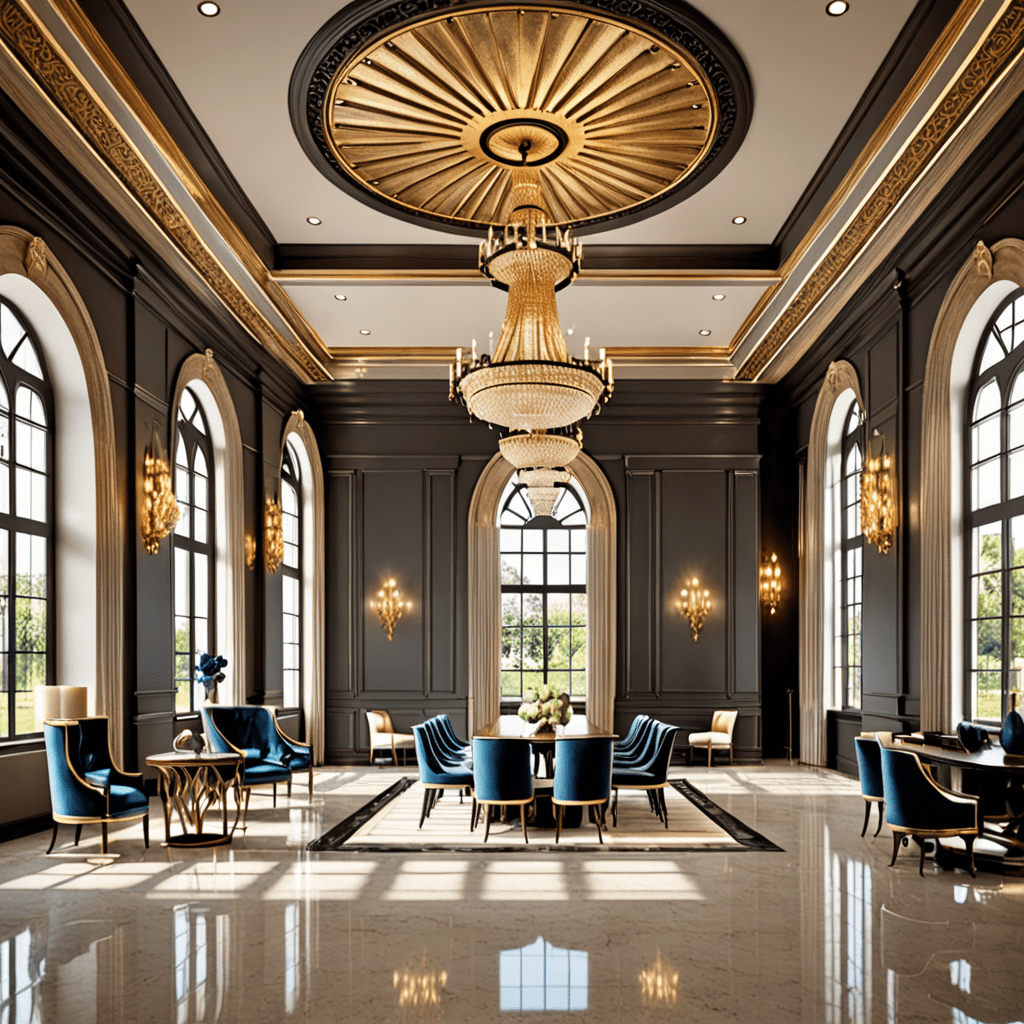Feng Shui Principles in Design: How to Create a Harmonious Home
Feng Shui Principles in Design: How to Create a Harmonious Home
Introduction
Creating a comfortable and aesthetically pleasing living space is a goal that many homeowners strive for. Interior design plays a crucial role in achieving this, as it has the power to transform a house into a home. One design philosophy that has gained popularity in recent years is Feng Shui. Originating from ancient China, Feng Shui is more than just the arrangement of furniture; it is a holistic approach that aims to create a harmonious and balanced environment. In this article, we will explore key elements of interior design, offer tips for choosing furniture, discuss incorporating art and decor, and share additional insights on trends and budget-friendly options.
Key Elements of Interior Design
To create a well-designed space, it is important to consider various key elements of interior design. These elements work together to establish the mood, flow, and functionality of a room. Let’s explore three of these elements:
Color Palettes
Colors have the ability to influence our emotions and set the overall tone of a space. When choosing a color palette, it is essential to consider the purpose of the room and the atmosphere you want to create. Warm tones like red, orange, and yellow can evoke energy and excitement, while cool tones like blue and green promote calmness and relaxation. Neutrals such as beige, gray, and white provide a timeless backdrop that can be easily accessorized. Experiment with different color combinations to find the perfect balance for each room in your home.
Furniture Arrangement
The way furniture is arranged can significantly impact the functionality and flow of a room. Start by considering the focal point of the space, whether it’s a fireplace, a window with a beautiful view, or a piece of artwork. Arrange your furniture around this focal point, ensuring that it serves as the main point of interest. Additionally, be mindful of the scale and proportion of your furniture. Oversized pieces can make a room feel cramped, while undersized furniture may appear insignificant. Aim for a balanced arrangement that allows for easy movement and encourages conversation.
Lighting
Lighting is a vital element in interior design, as it not only illuminates a space but also enhances the overall ambiance. Natural light is always the best option, so maximize it by using sheer curtains or blinds that can be easily adjusted. Layering different types of lighting, such as overhead fixtures, task lighting, and accent lights, can create depth and highlight different areas of a room. Consider installing dimmer switches to adjust the light intensity according to the time of day and the desired mood.
Tips for Choosing Furniture
Selecting the right furniture pieces is crucial in achieving a cohesive and functional space. Here are some tips to help you make the best choices:
Consider the Size: Measure your room and take note of the dimensions before purchasing furniture. Oversized furniture in a small room can make it feel cramped, while small furniture in a large space may seem insignificant. Choose pieces that proportionally fit the room and leave enough space for movement.
Reflect Your Style: Your furniture should reflect your personal style and preferences. Whether you prefer a contemporary, minimalist, or traditional look, choose furniture that aligns with your design aesthetic. Mixing different styles can create an eclectic and interesting space, but be mindful of creating a cohesive overall look.
Think About Functionality: Consider how you will use the furniture in your daily life. If you have young children or pets, opt for durable and easy-to-clean materials. If you entertain often, choose furniture that can accommodate guests comfortably. Functionality should always be a priority when selecting furniture.
Arrange for Conversation: Arrange your furniture in a way that promotes conversation and interaction. Position sofas and chairs facing each other, rather than facing the television or other distractions. This arrangement encourages dialogue and creates a cozy and inviting atmosphere.
Incorporating Art and Decor
Art and decor play a crucial role in enhancing the ambiance of a room. They add personality, visual interest, and can tie the elements of a space together. Here are some ideas for incorporating art and decor:
Select Art with Meaning: Choose artwork that resonates with you on a personal level. Whether it’s a painting, a photograph, or a sculpture, select pieces that evoke positive emotions and reflect your taste. Art that has personal meaning can bring joy and create a sense of connection to your space.
Create a Gallery Wall: Gallery walls are a popular trend that allows you to display multiple pieces of art or photographs together. Mix different sizes, frames, and styles to create a visually appealing arrangement. Before hanging your artwork, experiment with different layouts by arranging the pieces on the floor until you find the perfect arrangement.
Use Decorative Accessories: Accessories such as throw pillows, rugs, and vases can add texture, color, and personality to a space. Choose accessories that complement the overall design aesthetic and create visual interest. Be mindful of not overcrowding the room; instead, select a few key pieces that make a statement.
Notes/Tips
In addition to the key elements of interior design and tips for selecting furniture and incorporating art and decor, here are some additional insights that you may find valuable:
Budget-Friendly Options: Achieving a beautifully designed space doesn’t have to break the bank. Look for budget-friendly options such as thrift stores, online marketplaces, or even DIY projects. Repurposing furniture or adding a fresh coat of paint can give new life to old pieces.
Sustainable Materials: Consider opting for sustainable materials when selecting furniture and decor. Look for pieces made from reclaimed wood, recycled materials, or eco-friendly fabrics. Not only will you help the environment, but you’ll also create a healthier home.
DIY Projects: Engaging in do-it-yourself projects can be a fun and rewarding way to personalize your space. Whether it’s repainting furniture, creating your own artwork, or building shelves, DIY projects add a unique touch and can save you money.
In conclusion, interior design is a powerful tool in creating a comfortable and aesthetically pleasing living space. By considering key elements such as color palettes, furniture arrangement, and lighting, and by incorporating art and decor thoughtfully, you can transform your home into a harmonious sanctuary. Remember to reflect your personal style, prioritize functionality, and consider sustainable and budget-friendly options. Happy designing!
